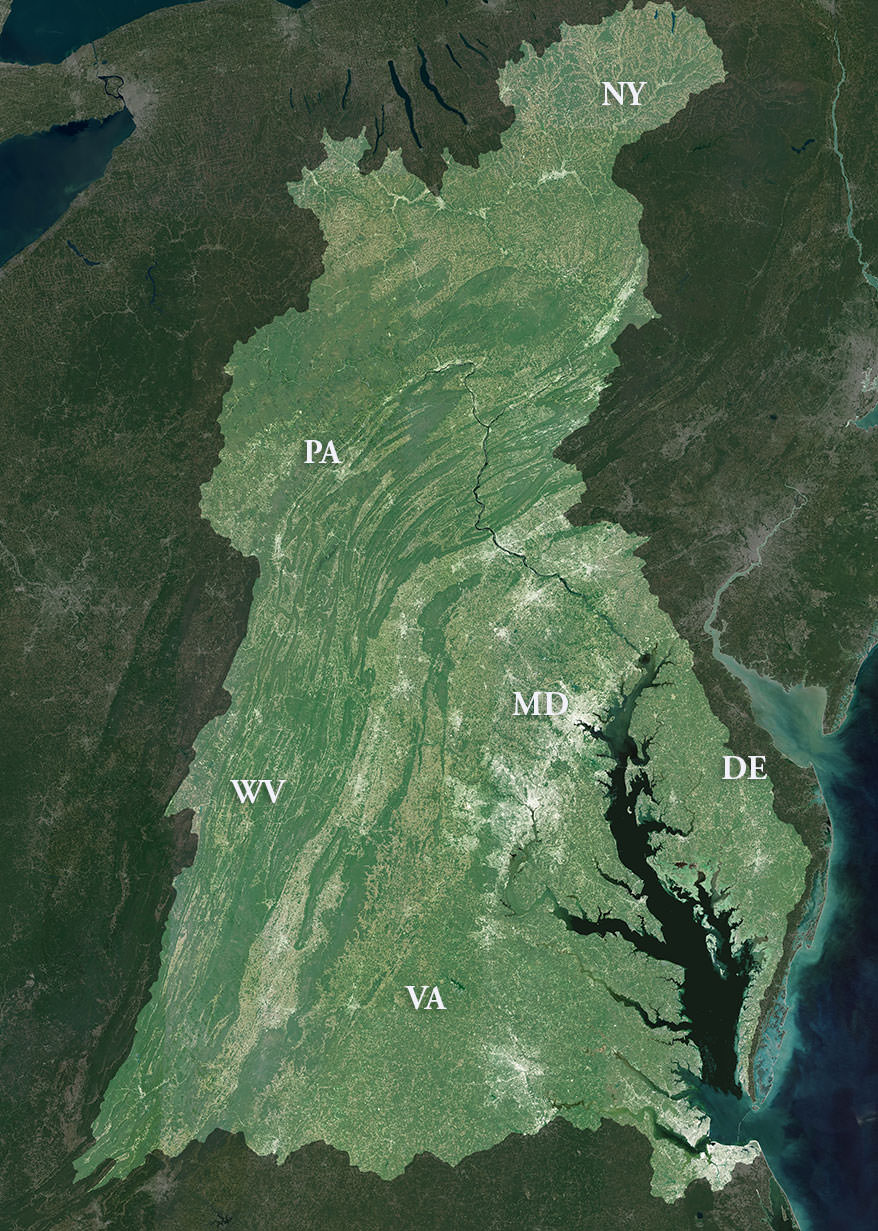Where is the largest estuary in the United States?
The Chesapeake Bay is the largest estuary in the United States.

The largest estuary in North America, the Chesapeake Bay Watershed covers 64,000 square miles and includes more than 150 rivers and streams that drain into the Bay. More than 300 species of fish, shellfish and crab species and a wide array of other wildlife call the Bay home. With almost 30 percent of area in agricultural production, the region’s over 83,000 farms generate more than $10 billion annually. The watershed encompasses parts of six states—Delaware, Maryland, New York, Pennsylvania, Virginia and West Virginia—and the entire District of Columbia.
The Chesapeake Bay is the largest estuary in the United States and is one of the most productive bodies of water in the world.
The Chesapeake watershed spans 165,759 square kilometers, covering parts of six states — Delaware, Maryland, New York, Pennsylvania, Virginia, West Virginia, and the District of Columbia. Over 17 million people live in this area.
The estuary and its network of streams, creeks, and rivers hold tremendous ecological, cultural, economic, historic, and recreational value for the region.
More than 250 fish species use the Bay and tributaries for some portion of their life cycles, including American and hickory shad, river herring, striped bass, eel, weakfish, bluefish, flounder, oysters, and blue crabs. More than 300 migratory bird species can also be found in the watershed. During the fall, the skies come alive as one million ducks, geese, and swans return to overwinter on the Chesapeake.
Social